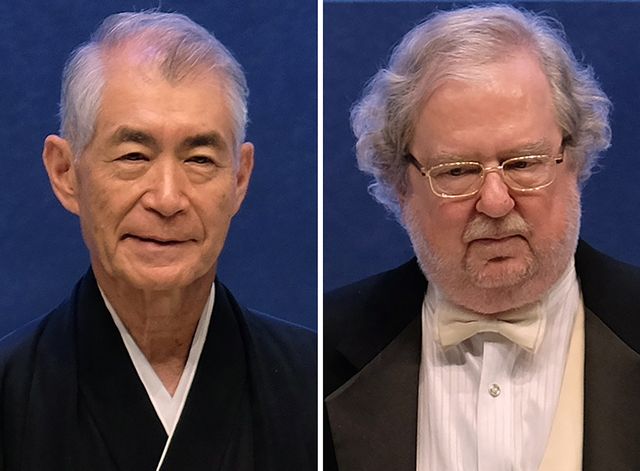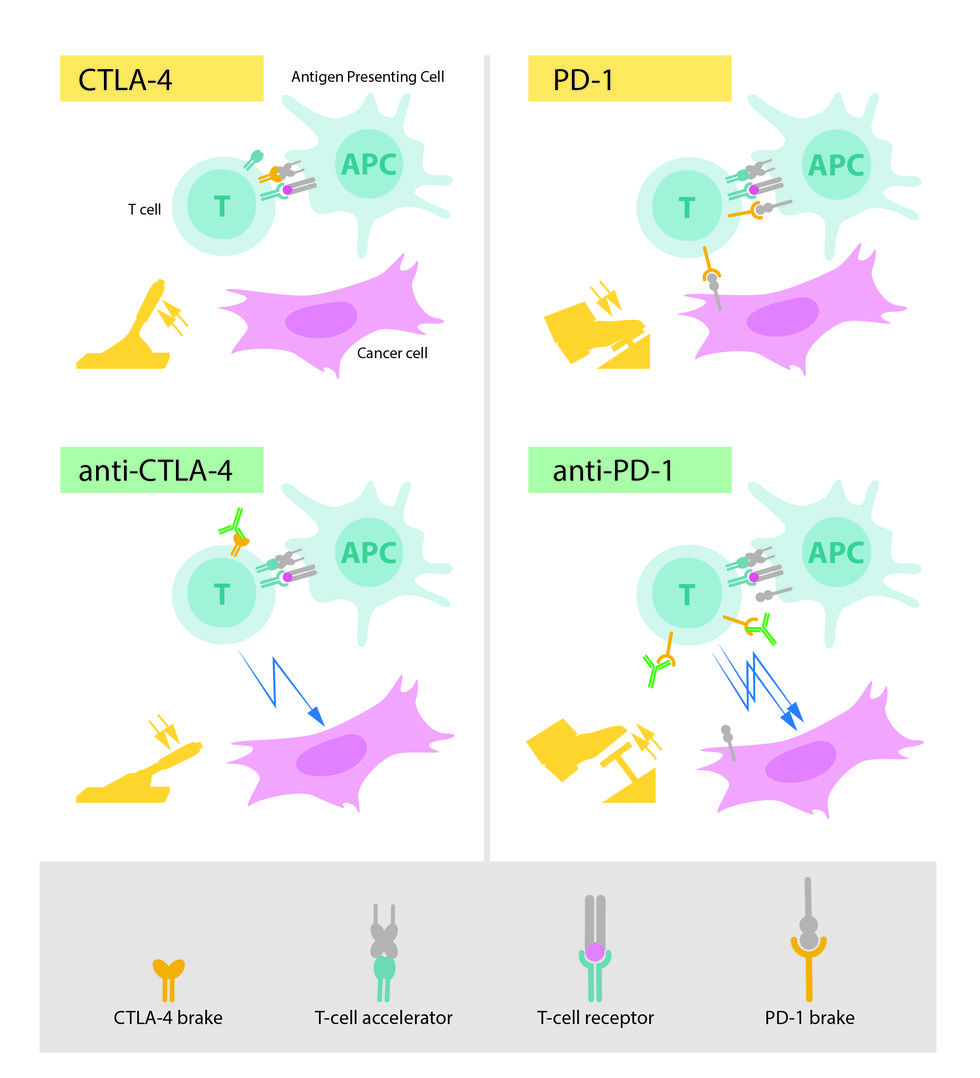Last year, when Popular Mechanics covered the future of cancer treatment, I said that many of James P. Allison’s contemporaries believed that he would win the Nobel Prize. But to be honest, that was an understatement. People were in awe of him. His work was so brilliant that his name opened doors with other scientists. “Oh,” very important people would say when they found out he had agreed to be interviewed for my story. “So you’ve got the big guns on this one.”
The prediction has proved prescient. Today, Allison, who is the chair of the department of immunology at MD Anderson Cancer Center in Houston, won the Nobel prize in Physiology or Medicine along with Tasuku Honjo, a professor in the department of immunology and genomic medicine at Kyoto University in Japan (whom I have not met, but whom I am sure is equally impressive). The two scientists independently discovered pieces of cellular machinery that became the foundation for immunotherapy, a new type of cancer treatment in which doctors convince a patient’s own immune system to attack tumor cells as if they were a bacterium or virus.
Here’s how it works: The immune cells called T-cells are devastating killers, attacking anything in the body displaying molecules called antigens that identify it as foreign and potentially threatening. We would be in bad shape if T-cells went crazy and started attacking anything they felt like, so the body has a system of checkpoints in place to prevent them from targeting healthy cells. Cancer, being a unique amalgam of self and non-self, exploits this checkpoint system, pretending to be part of the body to escape the notice of the immune system.
Allison and Honjo each discovered a way to shut down the checkpoints using drugs called “checkpoint inhibitors,” which allow a patient’s immune system to rediscover and subsequently destroy cancer cells anywhere in the body. It is an entirely new category of treatment for cancer. Before Allison and Honjo’s work, if you couldn’t cure cancer with surgery, radiation, or chemotherapy, there wasn’t a whole lot else you could do. Now, drugs based on immunotherapy, such as Keytruda, Yervoy, Opdivo, and Tecentriq, have prolonged the lives of hundreds of people with cancers that would be otherwise incurable.
It wasn’t an easy road. Even as late as the 2000s, the field of immunotherapy was not well regarded by other cancer scientists. Many considered trying to turn the immune system against cancer foolish, or even dangerous.
“In 2006 I spoke at Cold Spring Harbor and I was the only immunologist speaking—the only immunologist even attending,” Allison told me back when I was reporting the story. “It was frightening. My friends who knew that field said You better watch out because these people hate immunotherapy. They’re gonna kill you.”
Obviously, they didn’t. Today, they might even offer him a glass of champagne.














